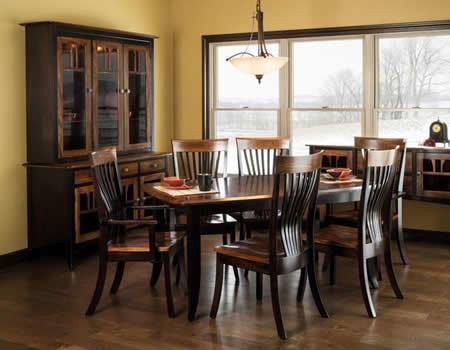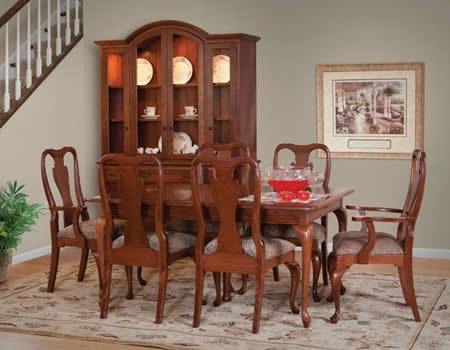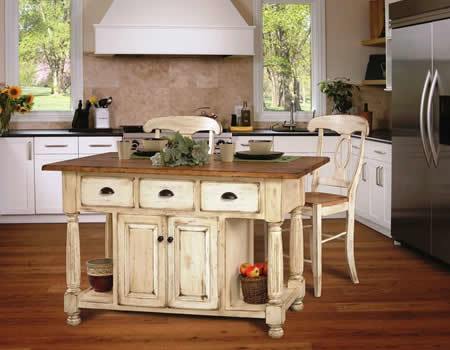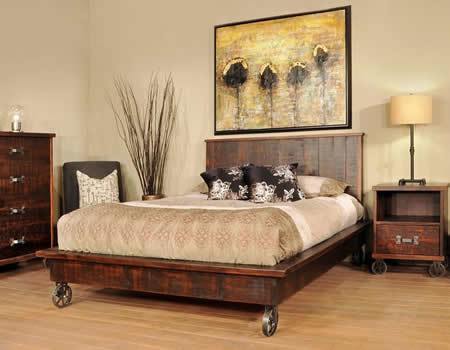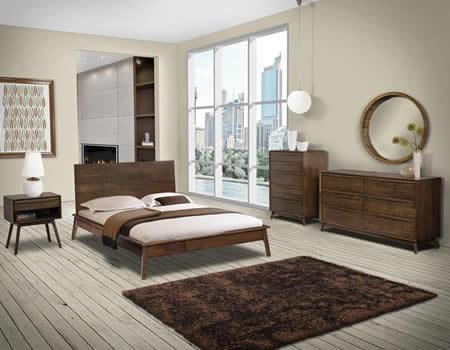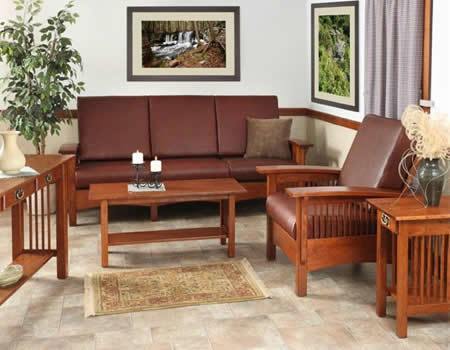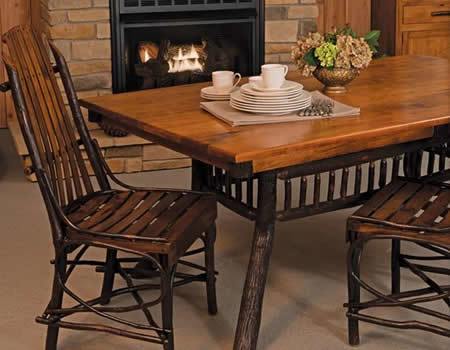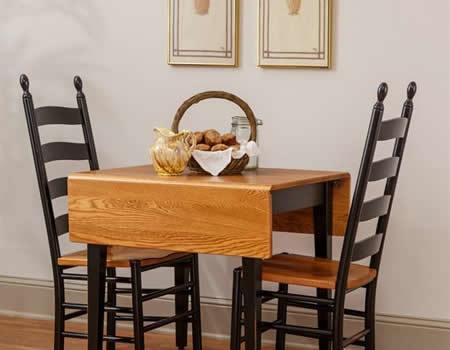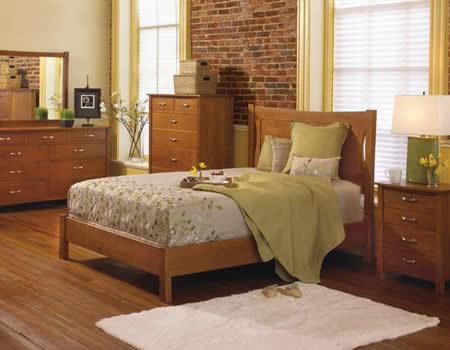Contact our Furniture Specialists
Phone: 941-867-2233
Monday-Saturday: 9 a.m. to 6 p.m. ET
Sunday: 11 a.m. to 7 p.m. ET
Phone: 941-867-2233
Monday-Saturday: 9 a.m. to 6 p.m. ET
Sunday: 11 a.m. to 7 p.m. ET
Colonial American furniture style is graceful, refined, and full of purpose.
Colonial American furniture style evolved and grew throughout the period around 1700 to 1780. It started as furniture made just for practical purposes, and the materials used were whatever was available at the time. Colonial lifestyles called for multi-purpose furniture that saved space. Colonial furniture was further shaped by the influences of the time period surrounding it, and it continued to evolve. It went from wood furniture made with basic, readily available materials, to furniture with ornate carvings and massive forms, to further refinements that made it lighter and graceful.
Colonial American furniture included several style influencers:
Each of these periods contributed to colonial furniture style in their own ways.
This was where colonial furniture began. By today’s standards, the Early American furniture of 1640-1700 is pretty basic. As the settlers arrived in America, they brought very little with them. With plenty of timber available to them, they built their own furniture by hand. Simple lines and modest colors defined the look that was natural and plain and contained little to no frill or ornamentation. As American colonists became more settled, a true furniture style emerged. Pure practicality began to give way to include more carvings and shapes, adding a bit of frill to wood furniture.
Characteristics of Early American Colonial Furniture
Furniture Parts that Reflect Early American Colonial Furniture

During England’s Jacobean period of 1600-1690, culture and wealth developed and more investments were made in fine furniture. Jacobean furniture influenced colonial style with its medieval, solid, and strong style elements. Jacobean furniture was large and built to be durable and began to focus on comfort to match the design. It combined sturdy construction with ornate carvings.
Characteristics of Jacobean Furniture
Furniture Parts that Reflect Jacobean Furniture
The William and Mary period of 1690-1725 added more European influence to Colonial furniture style. Named after William and Mary of England who reigned from 1689-1694, this style period added French, Dutch and Chinese influences to Colonial furniture design. It started to move away from massive forms and became more slender and vertically oriented, featuring tall backs and gracefully turned legs. The look was elegant and refined.
Characteristics of William and Mary Furniture
Furniture Parts that Reflect William and Mary Furniture
The Queen Anne furniture period of 1700-1755 brought graceful furniture to its peak, further refining the Colonial design. Queen Anne of England reigned from 1702-1714, and the influences of William and Mary style were still strong.
More delicate elements emerged in Queen Anne furniture, with sleek, cabriole style legs that were modeled after an animal’s legs. Cabriole legs ended in a pad, ball or claw foot replacing thicker, heavier legs and ball feet. Curves were included in this style, adding to a lighter, more graceful look.
The recipe for Queen Anne elegance was the ability to master a regal look that was not overdone, but realistic and elegant.
Characteristics of Queen Anne Furniture
Furniture Parts that Reflect Queen Anne Furniture
Toward the end of the colonial era during the period of 1750-1780, a British cabinetmaker named Thomas Chippendale incorporated some French, Gothic and Chinese influences that continued to resist heavy designs. Chippendale style continued many Queen Anne furniture traits like cabriole legs, ball and claw feet and shell motifs, making them even more elaborate. Chippendale furniture exhibited a formal look and feel.
Characteristics of Chippendale Furniture
Furniture Parts that Reflect Chippendale Furniture
Characteristics of these furniture styles all contributed to American Colonial furniture with some elements overlapping. For casual, country or traditional décor, Colonial style furniture adds a graceful, refined and elegant look. Colonial style ranges from casual to formal and from large and solid to slender and graceful.

DutchCrafters line of Colonial American furniture offers historical reproductions of the colonial styles used long ago. The simple styles of early American furniture bode well in a rustic or country style furniture collection.
From authentic Windsor chairs to spindled beds to a variety of leg options that include straight, turned and cabriole curves, the Colonial furniture collection offered at DutchCrafters adds even more to colonial style with customizations you can select.


